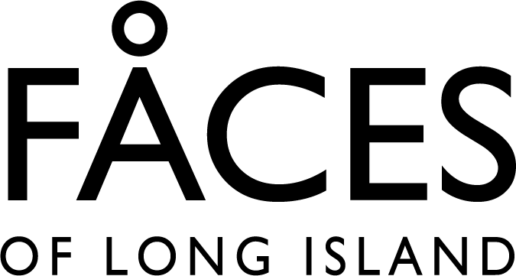‘Lessons learned from the Marines are still helping me today: to be a trusted leader, to stay focused on the mission and to make family your first priority.’
Bay Shore
“As a Central American immigrant who became the president of Pronto of Long Island community outreach center in Bay Shore, I have seen the pursuit of the American dream from both sides. I was born in La Ceiba, Honduras, and was 2 years old when we came to the United States, settling in Brooklyn. My father came first to get a job. Things had been getting difficult in Honduras after the United Fruit Company moved out. Then he sent for my mother, my brother and me.
“When I was 12, we moved to a ranch house in Commack, my parents’ piece of the American dream! I graduated from Commack North High School in 1974, got my U.S. citizenship in 1976. In 1977, I enlisted in the U.S. Marines, to be independent and help my parents more. At boot camp, I was in the first training battalion that integrated women with men. I worked for one of the first Marine family service centers, an experience that started me feeling, wow, I could really help people!
During lockdown, without any volunteers helping, we managed to stay open six days a week.
“In 2001, with 21 years, including 15 years of active duty, I was discharged at the rank of gunnery sergeant. In civilian life, I worked at a shelter for runaways and abused children, and then for Long Island Head Start. I joined Pronto 13 years ago, left for several years to work at the Northside Center for Child Development in Manhattan, where I gained most of my grant-writing experience; returned to Pronto in 2018 to serve as president; and last year became executive director again. Leading a nonprofit helping people with food insecurity issues and social services needs is always challenging, but during the pandemic, demand for our services has skyrocketed, with close to 100,000 clients in the community. We also reached out to the hard-to-count people in the immigrant community for the U.S. census.
“During lockdown, without any volunteers helping, we managed to stay open six days a week. It’s by the grace of God that we made it through that time period. What really stood out to me is that if I help another person and bring along other people to help, we can make a positive impact. Lessons learned from the Marines are still helping me today: to be a trusted leader, to stay focused on the mission and to make family your first priority.”
Interviewed by Jim Merritt
